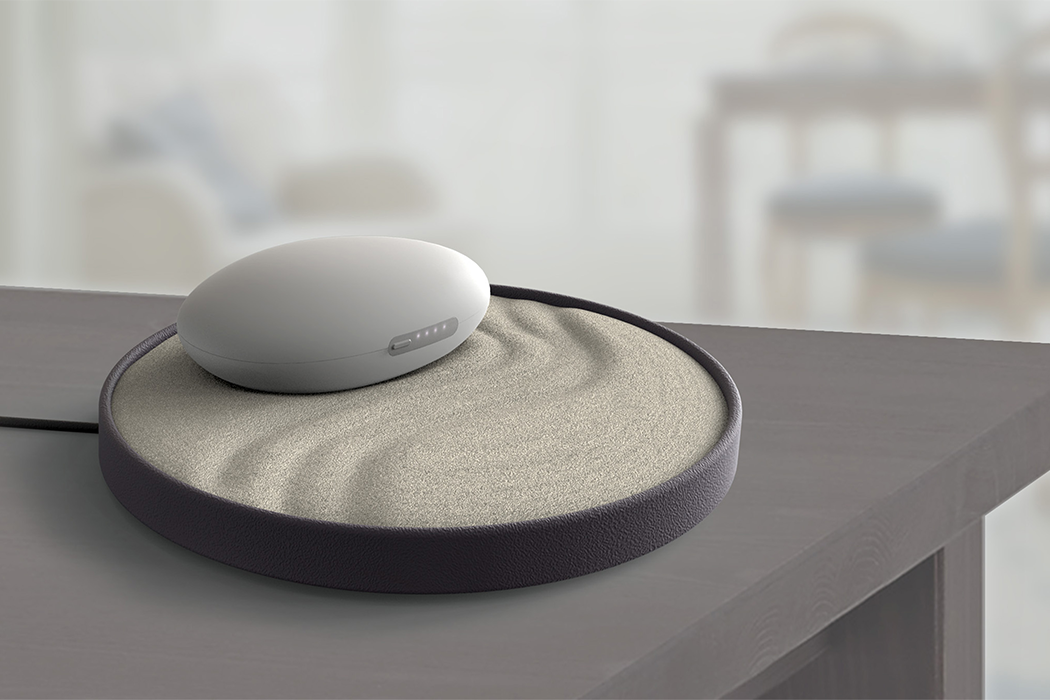
Prana, according to ancient yoga practice, is known to be the universal life energy, in which breathing helps flow through each of us and every other living thing; it keeps us alive. When energy channels are even partially blocked, this disrupts the flow of prana, which can lead to heightened feelings of stress or anxiety. Ayama means to extend, draw out, or regulate. Pranayama is the practice of breath control, which essentially helps clear out any blockages in energy channels that prevent our breathing from bringing us calm.
The makers behind Ayama, Wenxi Qi, and Hengbo Zhang received the iF Design Talent Award in 2019 for their breathing assistive device that helps those of us with anxiety reach a point of self-induced meditation. Ayama, which resembles a smooth, grey garden stone, is really a rhythmic breathing guide that, thanks to fully-integrated motors that run off an electric charge, expands and contracts according to pranayama breathing techniques. When we focus on our breathing and let it guide our peace of mind, then our parasympathetic nervous system is supported, which means our heart rate assumes a more natural-feeling rhythm and our otherwise tense muscles tend to relax in response. This is called a “relaxation response” and provides the purpose for this design.
With an intuitive interface, Ayama is self-explanatory and easy to follow. By pressing the main button on the grey stone, users can adjust the different modes of pranayama: ujjayi, sitali, kapalabhati, and nadhi sodhana. These varying breathing techniques help to quell different stressors, including body temperature and lack of concentration by helping the user achieve a generally calm state of mind. Additionally, Ayama comes with a wireless charger that mimics a miniature zen garden, which works as a friendly reminder that by just checking in with our emotional headspaces, we can practice pranayama anywhere, anytime. Without the help of physical aid, it can be difficult to incorporate healthful breathing techniques in public life. So, Ayama brings a sense of calm when considering how insurmountable battling anxiety can sometimes feel – all you have to do is press a button and breathe.
Designers: Wenxi Qi and Hengbo Zhang
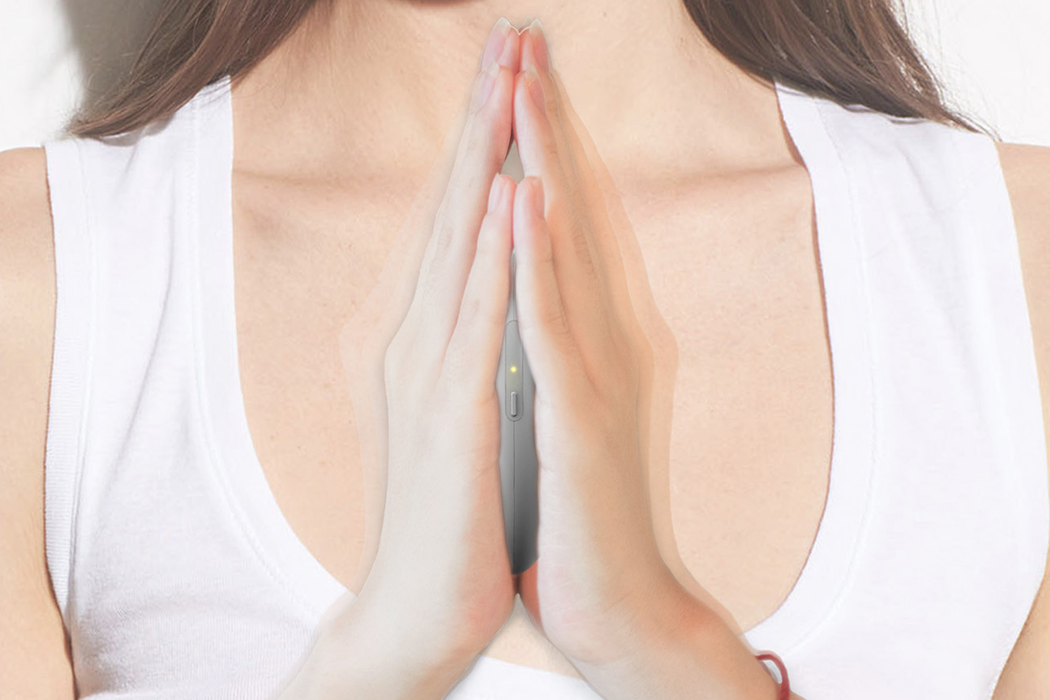
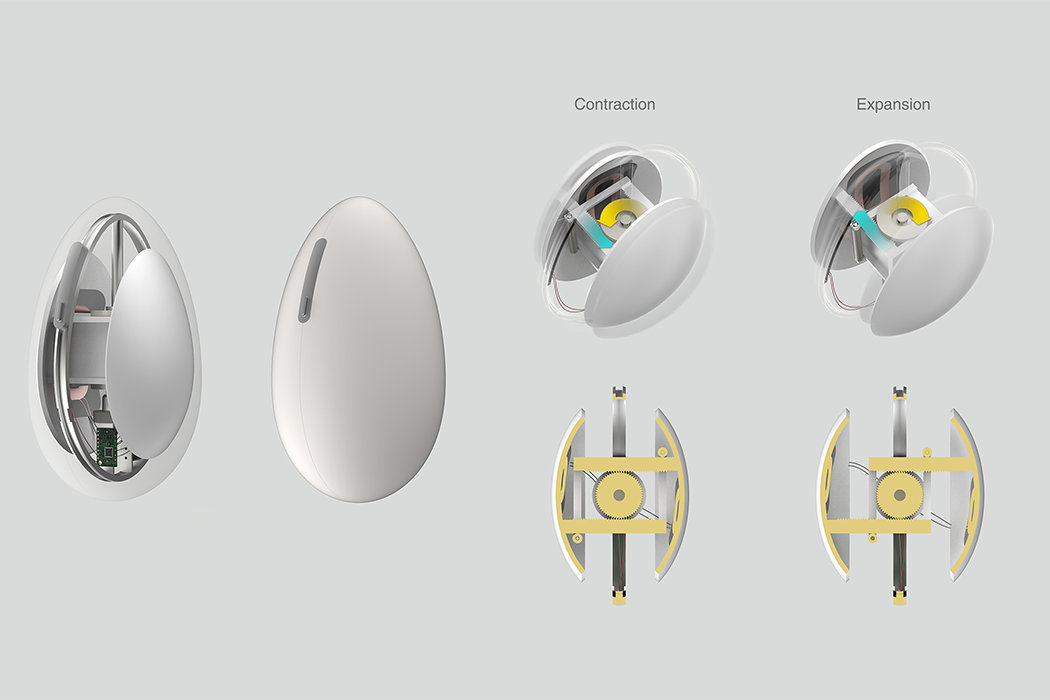
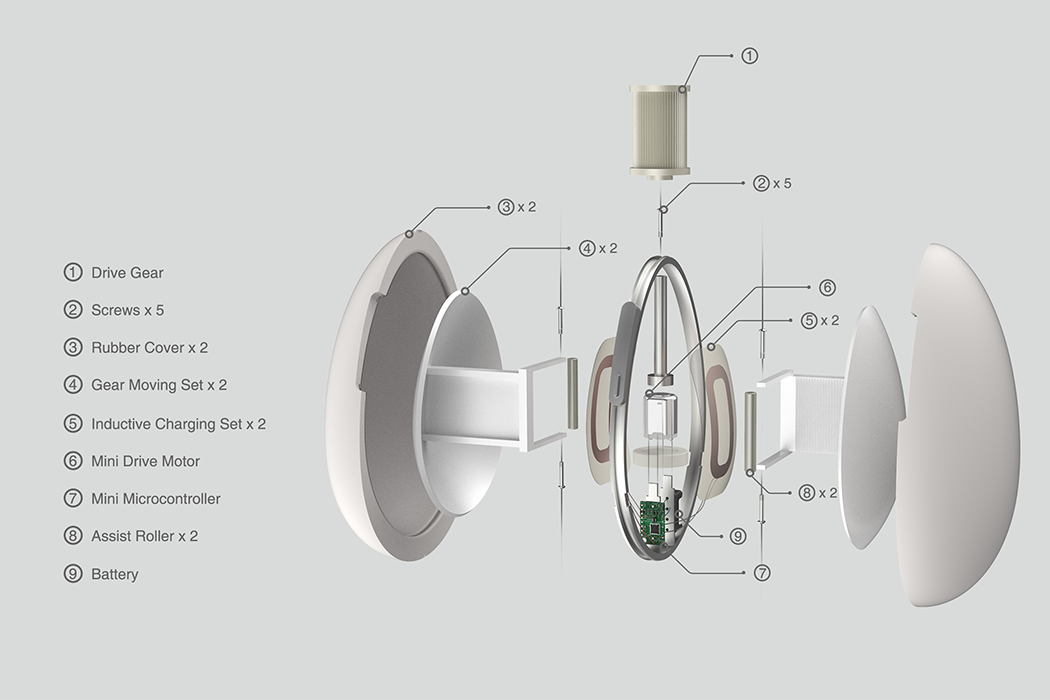
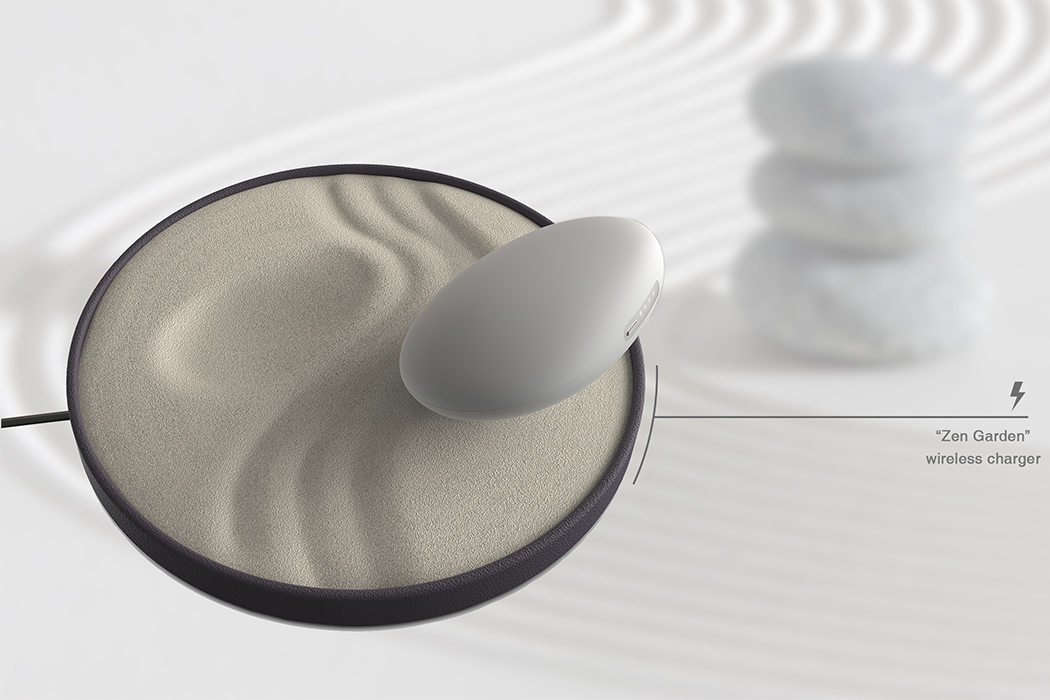
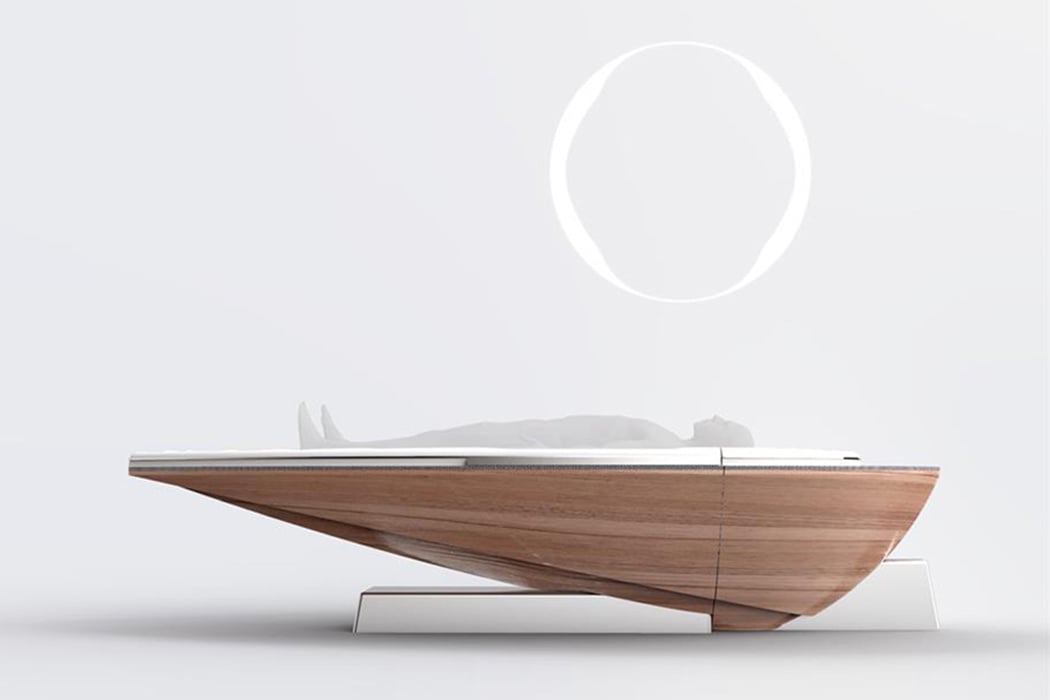
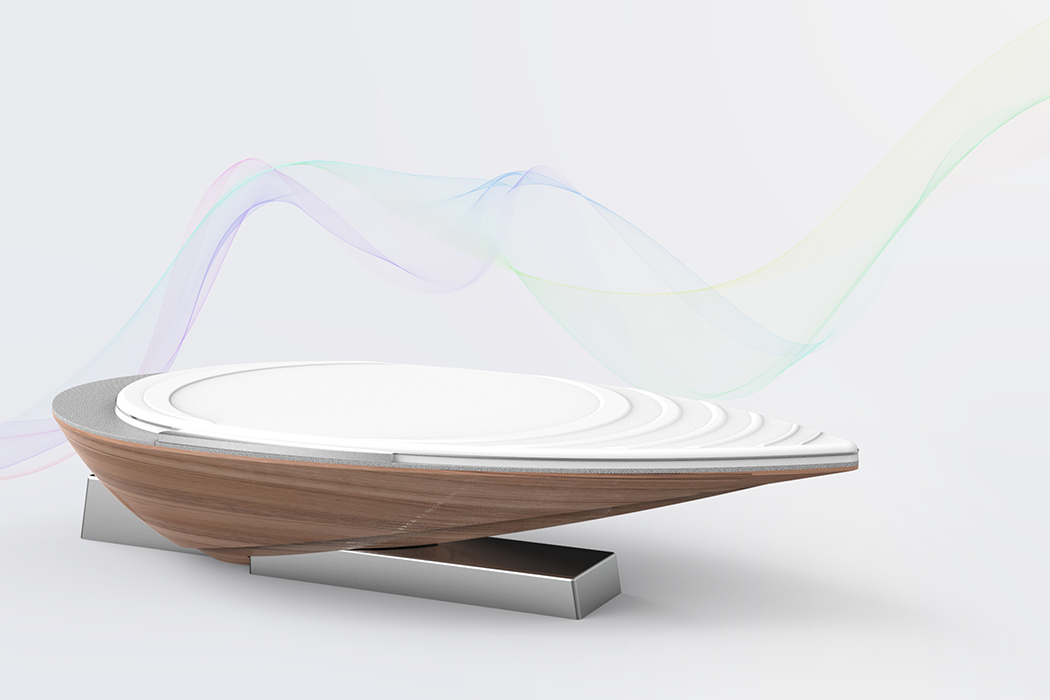
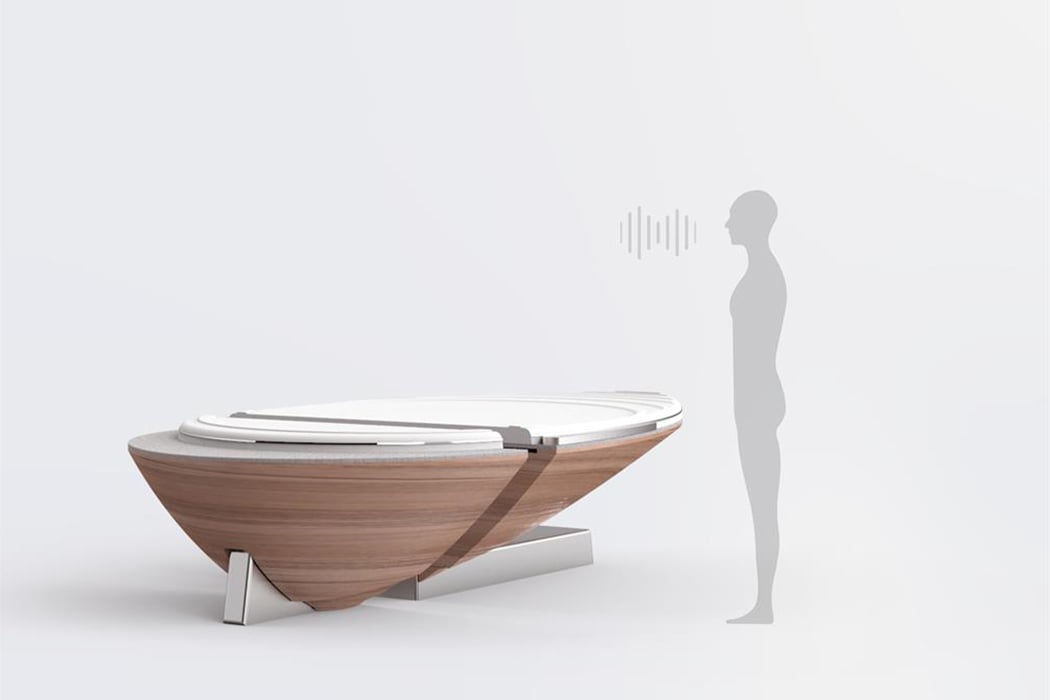
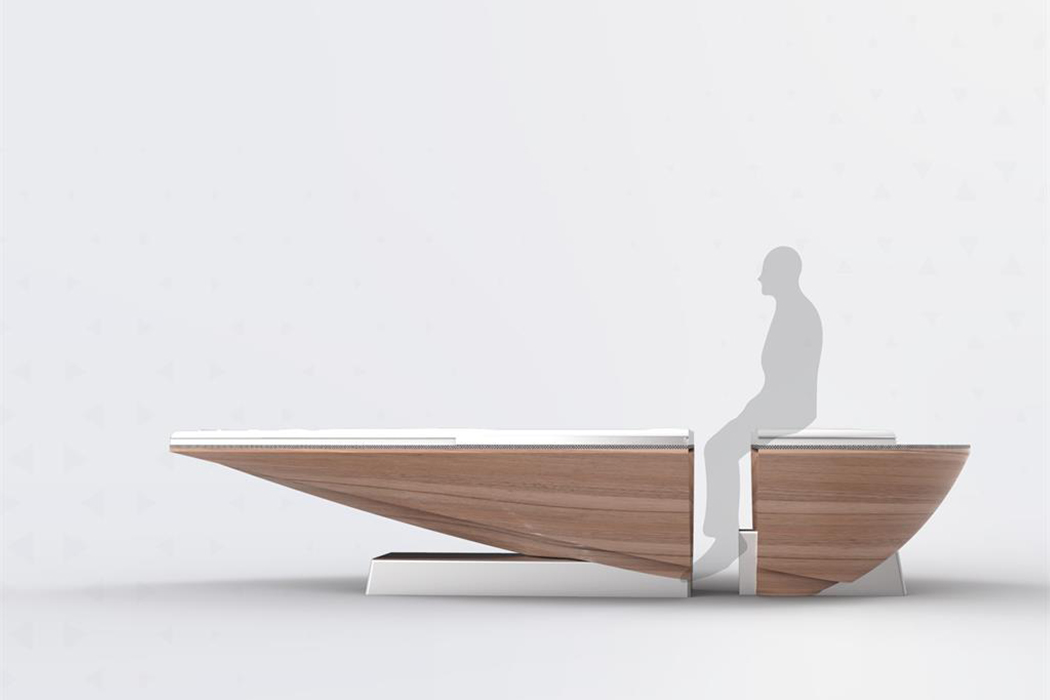
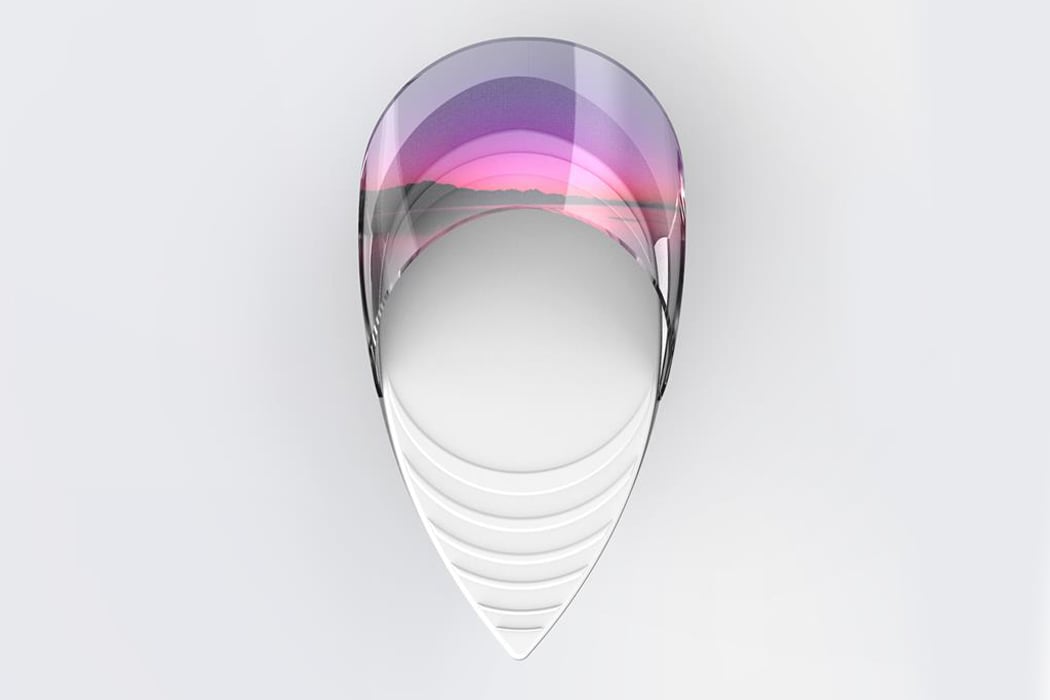
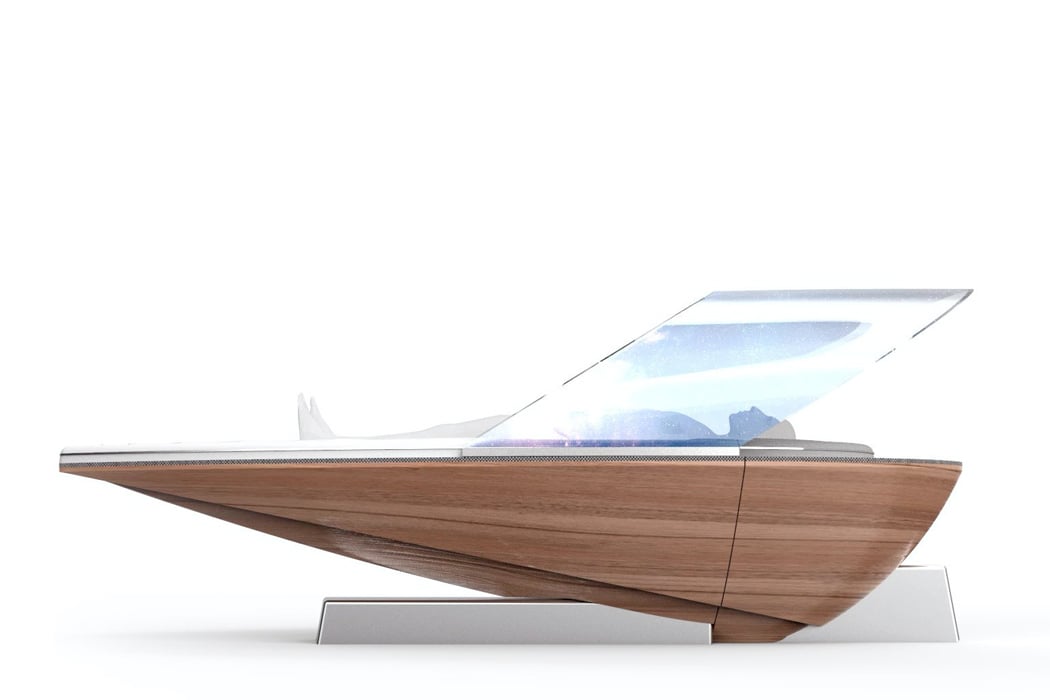
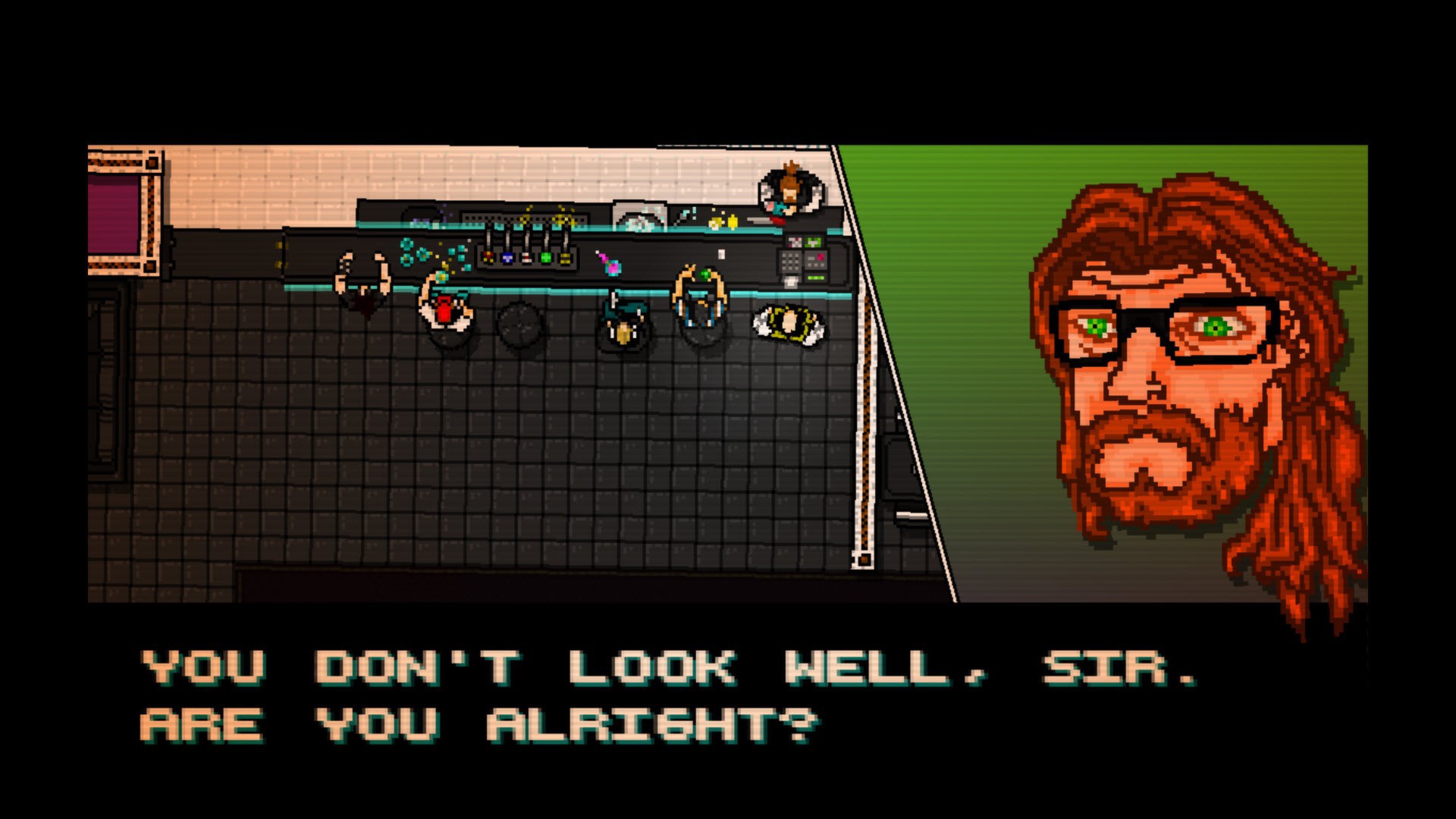 This is normal.
Heart pounding, hands shaking, head packed with static. The absolute inability to process what anyone is saying, let alone respond to it. Sitting alone at home -- lights off because you've been inside all day and the sun set hours ag...
This is normal.
Heart pounding, hands shaking, head packed with static. The absolute inability to process what anyone is saying, let alone respond to it. Sitting alone at home -- lights off because you've been inside all day and the sun set hours ag...
 Flying is Jacqui Kenny's worst fear. Two months ago, the London-based New Zealander learned she would have to travel to New York for the first exhibition of her photography. She hadn't traveled to the city in a decade, and the mental preparation bega...
Flying is Jacqui Kenny's worst fear. Two months ago, the London-based New Zealander learned she would have to travel to New York for the first exhibition of her photography. She hadn't traveled to the city in a decade, and the mental preparation bega...


